Winter is coming! Let’s grab a hot cup of tea and journey into the captivating world of Persian mythological creatures. Like the magical creatures of Harry Potter, these beings have captivated imaginations for millennia, weaving themselves into the fabric of Iranian culture. From majestic birds to fearsome beasts, each creature holds a unique story, reflecting the hopes, fears, and beliefs of ancient Iranians.
Like any other type of myth, the stories that you are going to read have been told from one generation to the next and some of the details can vary depending on the preferences of the storyteller. However, you can find these creatures and read about them in Avesta. This book is the oldest Zoroastrian book that includes different sections, one of which is the stories and explanations of Persian mythology.
Table of Contents
What Are Persian Mythological Creatures?
There are many different Persian mythological creatures in Iranian culture. Iran has always been intertwined with rich poetry, art, and story. Some of the characters are good and peaceful while the others are doomed and carriers of sorrow and fear. The world of these creatures is deep and widespread. We are going to tell you the stories and backgrounds of some of these creatures and help you get to know them better.
Qoqnoos or Phoenix, The Magical Bird
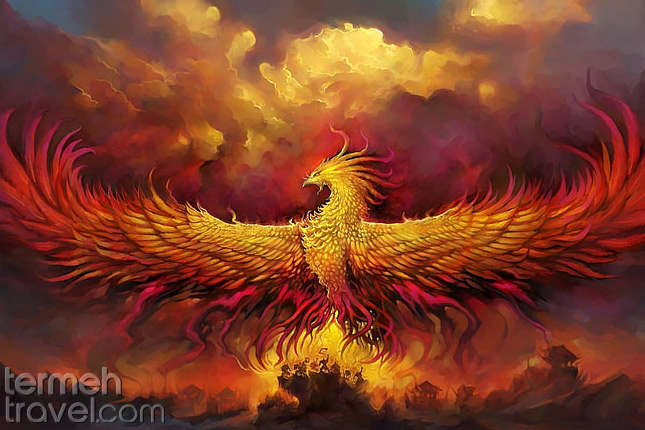
Almost all the good fantasy stories have a phoenix in them. In Persian literature, a phoenix is a rare and graceful bird that flies like no other creature. Its voice can make other birds stop singing and its beauty is undoubtable. Qoqnoos can live for a thousand years and nothing is capable of killing it. But when the right time comes, the bird starts gathering firewood and sits in the middle of it. By singing a sorrowful song, this Persian mythological creature flaps several times to make a fire and gets ready to burn itself in flames and rise from the ashes once again.
Manticore, The Playful Killer
If you travel to Iran and start a conversation with Iranian oldtimers, they will warn you of a creature with the body of a lion, the tail of a scorpion, and the head of a man that kills its baits in cold blood to the melody of a lullaby.
The ancient tales say that Manticore or the man-eater is faster than any other creature that ever existed in this world. Its skin is so hard that no weapon can stand against it. The only creatures that Manticore cannot defeat are elephants, but human beings are its favorite type of food.
On the cold nights of winter when you are covering yourself with a blanket and getting ready to go to sleep, manticore announces its presence with a growl and kills its bait. This Persian mythological creature leaves no trace of itself except for a little bit of flesh and blood that cannot be tracked down.
Dragon or Azhi Dahaka
There are so many tales about powerful and adorable dragons that can get trained and help human beings in their missions. Daenerys and her three dragons in Game of Thrones is a good example. But, what we know from Persian dragons is quite different from the popular opinion. Azhi Dahaka or dragon is the embodiment of the demon or Ahriman in Persian mythology.
In Persian mythology, the dragon is not a majestic beast, but a symbol of evil. Azhi Dahaka, also known as Zahhak, is a three-headed serpent, a creature of immense power, born from the machinations of Ahriman, the demon who opposes Ahura Mazda, the God.
Another word for Azhi Dahaka is Zahhak. In Shahnameh, written by Ferdowsi, a great Persian poet, Zahhak was the king of Iran who had a serpent on each of his shoulders. He was a tyrant ruler and used to feed young men’s brains to his serpents. Eventually, Fereydoon imprisons him in the mountain for his day to come.
Huma Bird, The Bird of Fortune
The Huma Bird is a creature of immense beauty and grace, said to possess two genders within its being. It flies tirelessly across the world, spreading joy and happiness. Those who are fortunate enough to have the Huma fly overhead are blessed with good luck and prosperity. Its image is often found in Persian art and architecture, particularly at Persepolis, where it symbolizes the hope for a prosperous kingdom.
If you have traveled to Iran and visited Persepolis, you can see the sculptures of Huma Birds there, high above the ground to bring happiness and fortune to Darius I, his kingdom, and all Iranians.
Al, The Invisible Monster
Iranian grandmothers warn mothers and newborns to be vigilant, for Al, the invisible creature, lurks in the shadows. This creature, with its long legs and red skin, seeks out women in labor and newborns, stealing their livers and causing death. The placenta, buried with iron, is said to ward off this creature, highlighting the ancient anxieties surrounding childbirth and infant mortality.
We can think of different reasons, but one of the main reasons behind the existence of Al can be postpartum depression or any sudden death of a mother or child that was not understandable for people of the past. So, they created this character to justify these unfortunate events for themselves.
Bakhtak, The Silent Strangler
Have you ever woken up and realized that you are awake, but you cannot move your body? In this situation, you may think that is a simple sleep paralysis and you just need to wait a minute to wake up completely, but there is something else behind it. Bakhtak is an invisible heavy creature that sits on your chest and makes you paralyzed. You cannot move or even scream. When Bakhtak feeds enough of your fear, it will let you go.
There is an equivalent of Bakhtak in English culture called night hag. These two creatures look almost the same. They have the shape of a man with a lot of hair on their body and walk slowly to get to their baits.
Zaar, The Evil Spirit of The South
In the south of Iran, the wind is believed to carry spirits, and when these spirits enter the body, they can cause madness. Zaar, the evil spirit of the south, is said to possess individuals, causing illness and distress. Only a Mama Zaar or Baba Zaar, individuals born with the gift of exorcism, can perform the Zaar Giri ceremony, a ritual of music and dance, to banish the spirit.
The Legacy of Persian Mythological Creatures
Now that you know about Persian mythological creatures, you can find many similarities between this culture and other cultures, all around the world. Although some of these creatures may not be pleasant, their story brings us hope. Because at the end of the day, there is always someone who helps us survive and live a better life. They remind us of the enduring power of storytelling, the struggle between good and evil, and the hope for a better future.
References:

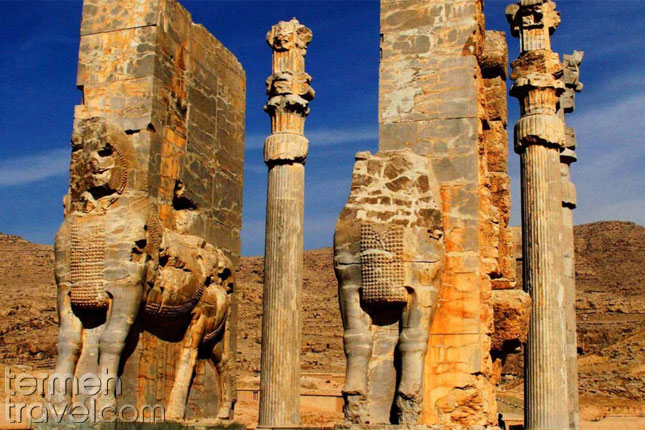

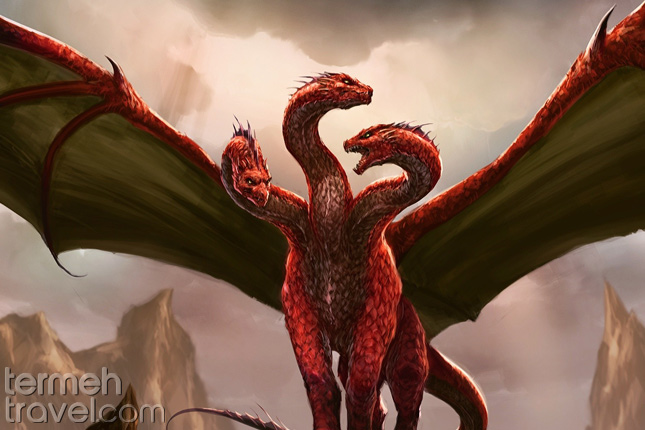
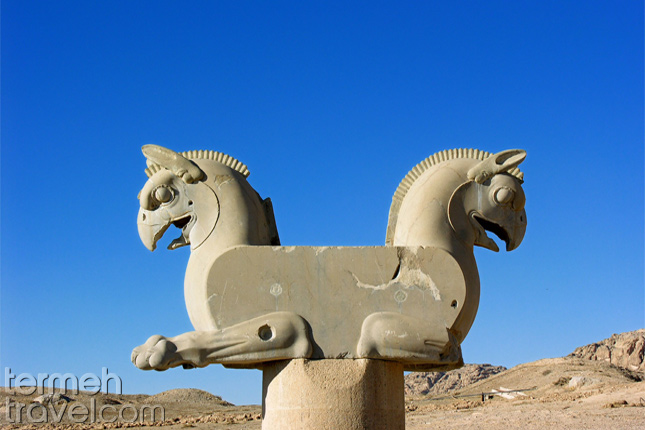

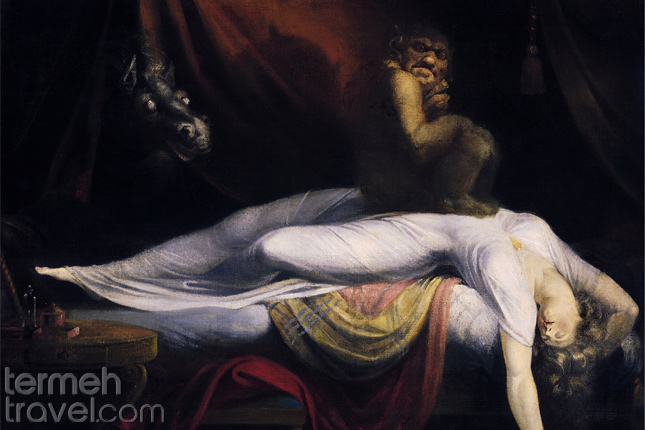
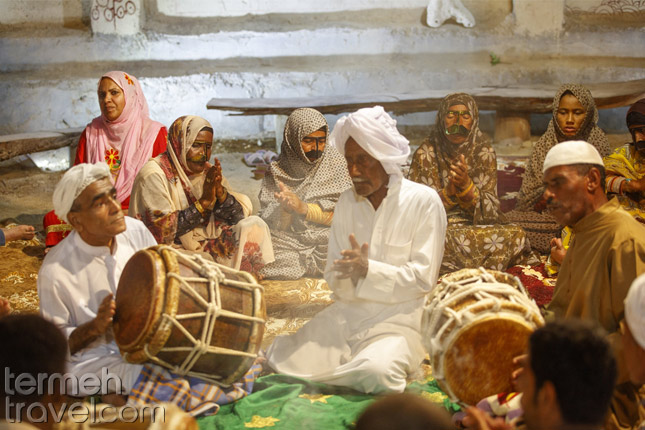
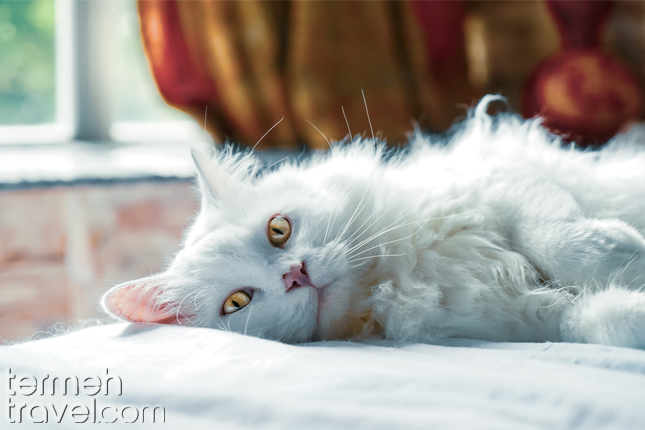

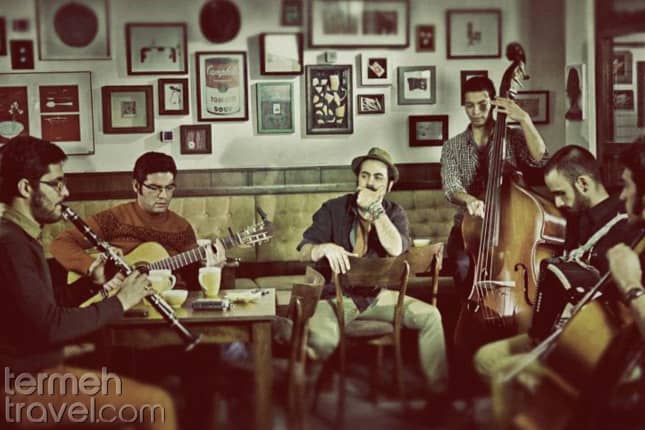


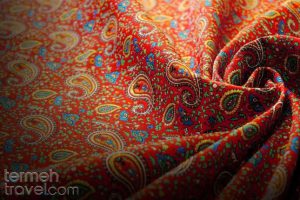
Leave a Comment